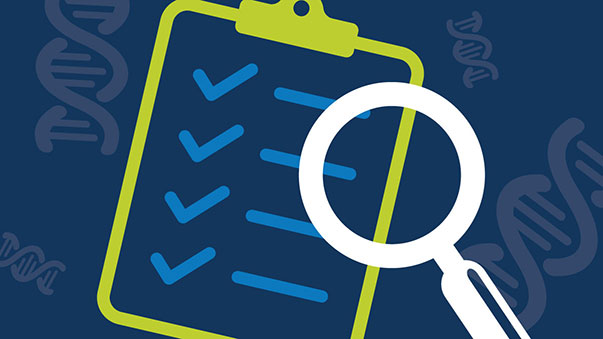You need a blood or marrow transplant and have multiple willing related haploidentical (half-matched) donors. Your parents, children, some siblings and cousins. You may prefer one relative to another on a personal level, and those family “rankings” change from holiday to holiday and family gathering to family gathering. But how do you rank them when you’re choosing one to donate cells to you? Which one will give your transplant the best chances of success?
For the first time, researchers have developed a tool to help your transplant team make that decision for haploidentical transplants.
The Center for International Blood and Marrow Transplant Research (CIBMTR) used its database for a recent observational study to shed light on this issue. The study aimed to determine which HLA characteristics could help guide donor selection to improve transplant success after haploidentical transplantation using post-transplantation cyclophosphamide (PTCy, a drug therapy to prevent graft versus host disease [GVHD] after transplant).
The results essentially mean transplant teams should not only look at potential donor characteristics such as age and gender but also at genetic factors — specific gene characteristics. To make that easier, the study team developed a first-of-its-kind online calculator for haploidentical transplant donor prioritization. The calculator uses certain patient and donor information and then provides one- and two-year disease-free survival estimates for each possible haploidentical donor being considered. This enables transplant teams to rank potential donors.
That means you can know if cousin Jerry would be a preferable donor to momma Sylvia. Fine-tuning your donor choice in this way could improve your overall survival. It doesn’t have to affect who you sit next to at Thanksgiving.
Learn more by reviewing a comprehensive analysis and description of the study.

